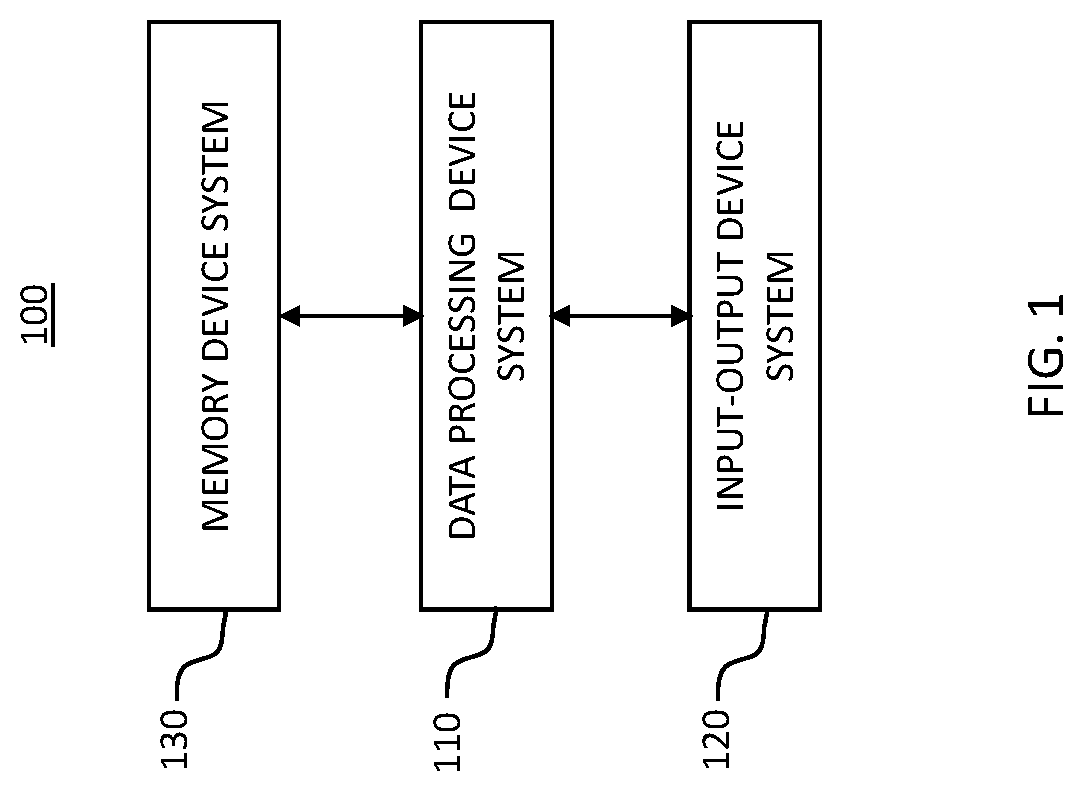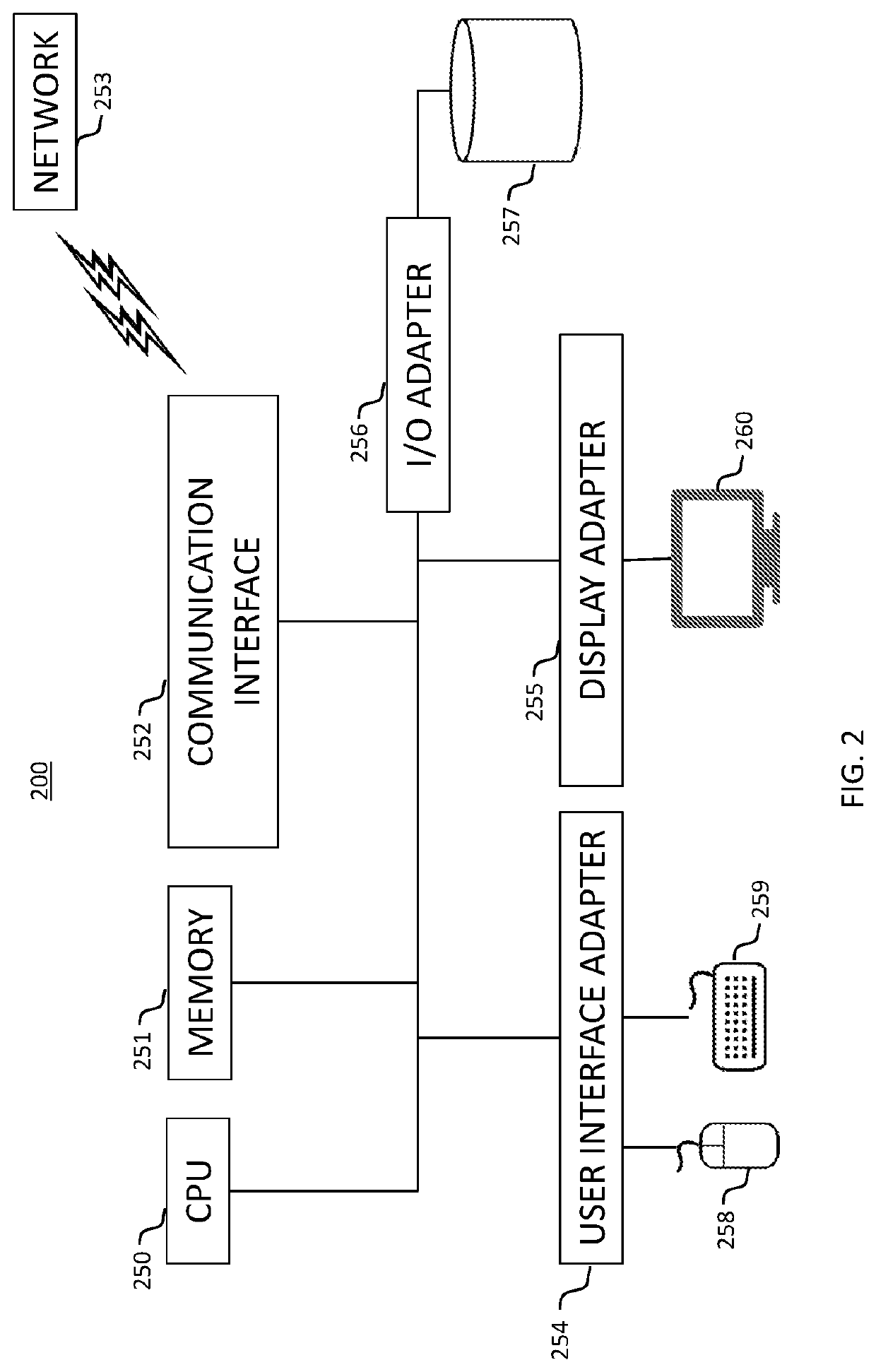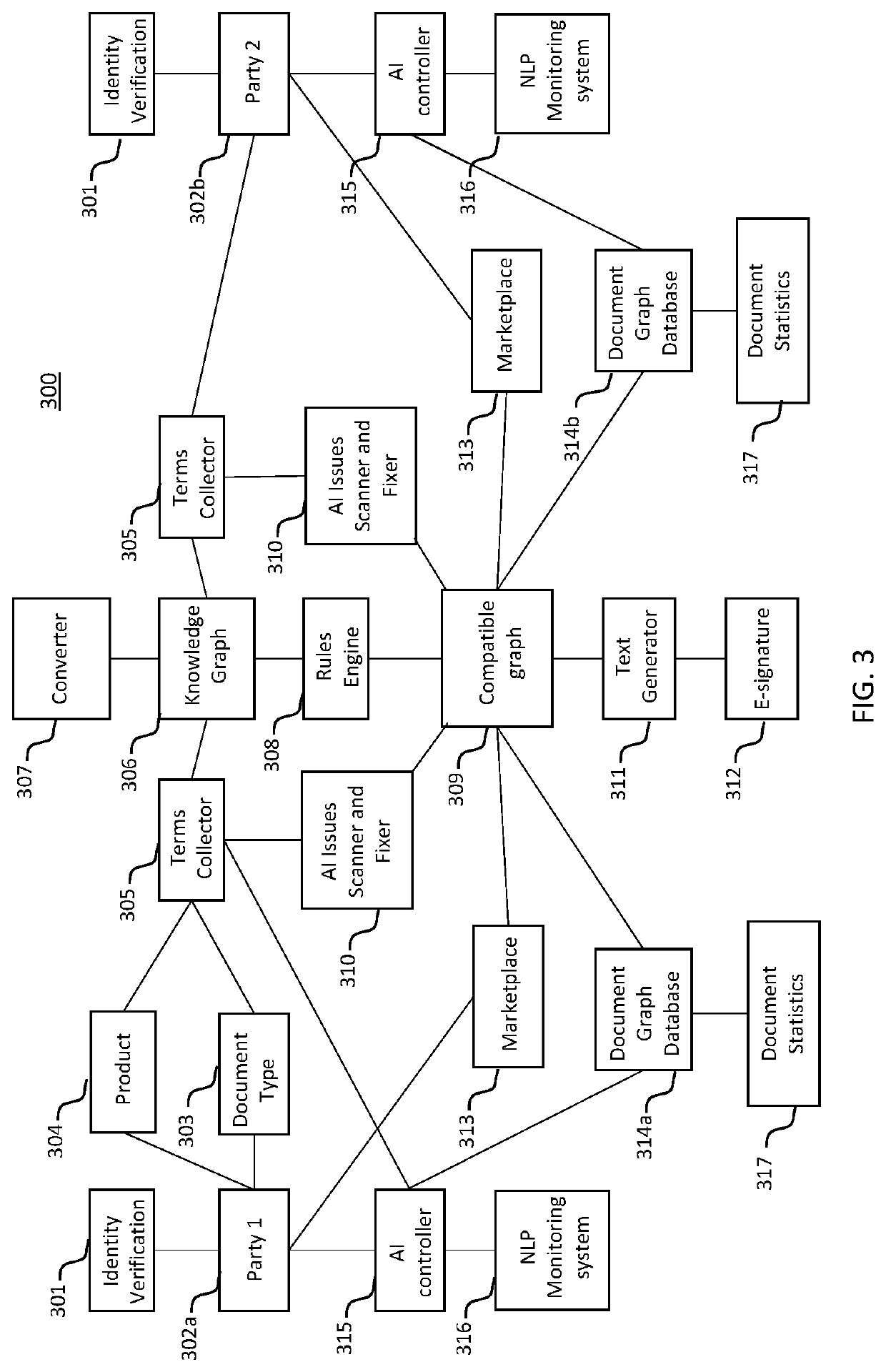Word processing documents and
portable document format files are not natively
machine understandable because of the unstructured nature of their content, which means that information cannot be systematically inserted or scraped from the documents by an automated system unless the structure is known in advance.
As a result, workflows and processes involving such documents have not benefited as much from
automation because of their dependency on users in the loop to perform the processes.
Even though a contract document stores information, it is non-
machine understandable because the contract itself does not know what information it contains or what it means, which would otherwise enable it to be active in the document process.
The information in a contract, therefore, needs to be extracted by a user or a specialised system, which makes the exchange of that information with other systems and the management of contracts challenging.
However, in both cases, the process is still dependent on a user in the loop.
The performance of the document-centric
workflow, therefore, hinges on the performance of the user in the loop, which, in some cases, can erase the
workflow optimisation gains.
Moreover, when the user has been successfully taken out of the loop, this has been because the structure and content of the documents are not expected to be read, understood, or changed during the process, which, therefore, relies on the quality of the work of the user who created the first document.
However, because documents and contracts are not
machine understandable, they are not aware if they are valid or if their clauses are good or bad.
This presents a significant hurdle for robust and safe contract negotiation automation.
Moreover, all of these methods to automatically generate documents are one-directional and, therefore, difficult to reverse, as might be the case during a conversation or a contract negotiation.
The
impact of automatically generated documents has, therefore, been limited to areas where reversibility is not expected or is inexpensive, such as standard terms and conditions or receipts.
As a result, documents which are likely to be modified have only been, at the most, semi-automated and have required human input to reach their final state.
Contract negotiation may be influenced by many factors and can be the most challenging stage of the establishment of the relationship because each party will try to protect their own interests.
Formal contract negotiation typically involves legal teams whose size and experience can heavily sway the outcome, which can be devastating for weaker or less experienced parties.
Poorly negotiated terms can lead to
intellectual property theft, lost revenues, litigation, bankruptcy or worse.
The unreliability of
change tracking means each party will typically re-read the entire document after each suggestion to verify that no additional edits or terms have creeped in.
This whole process is
time consuming and can last weeks or months depending on the availability of each party's legal team.
Moreover, once a contract is negotiated and agreed, the final format is often a signed hardcopy that is not machine readable and, therefore, difficult to search or automatically keep track of for renewals, opt-outs and termination events.
The current approach to drafting and preparing contracts is also not well suited to changes in the law; and when these occur, new templates are often generated from scratch.
Some approaches to improving the velocity of the negotiation process are to increase the legal budget or to simply skip negotiation, which in most cases are not acceptable or scalable and can be quite reckless.
Moreover, increasing one's legal budget is only half of the solution because at least two separate parties are involved, and it will, therefore, have a limited effect if the other party does not do the same or is slow and inexperienced.
However, because of the challenge of legal concepts and legalese, these solutions are only improving the velocity and management at the edges of the problem but not of the configuration and negotiation of documents itself.
Many template providers exist, such as SeedLegals® or Legalzoom®, but they still require lawyers to adapt or change the terms if the parties require amendments to the documents, which does not solve the velocity or management challenge involved in contract negotiation and creation.
However,
Machine Learning algorithms are never 100% accurate because of their statistical nature, which means that the user in the loop still needs to read the entire document.
This technology is not accessible to smaller organisations and it is not perceived as a silver bullet because the
machine learning based extraction process is not 100% accurate.
Web-based word-
processing programs such as Google Docs® enable real-time
collaboration on contracts, but this process still requires legal teams to spend time reading and marking up the document.
Juro®, a more specialised Google Docs® for contract creation and management, is helping reduce the communication loop by improving the
connectivity between the various actors and is mobile friendly, but still requires legal teams in order to advance the negotiation process, which does not solve the velocity challenge of negotiation.
Juro® supports automated integrations with CRMs and reminders for renewals and opt-outs, but does not provide automated alerts when contracts are affected by an assignment or law change.
Clause.io® helps improve the
visibility,
traceability and integration of contracts with enterprise systems for alerting and
task management purposes post signature but does not address the negotiation of contracts or the social aspects of contract networks.
However, the existence of a contract is dependent on the parties having lawyers to support the negotiation and this approach, therefore, also does not improve the velocity of the process.
Finally, because lawyers and their legal expertise are essential for the contract negotiation piece, none of the stated technologies have managed to address the automation of the configuration or negotiation piece due to the complexity of the framework and documents.
However, the fact that documents are not machine understandable and that legal expertise is not automated is due to the absence of a common document
modal, in particular for contracts.
 Login to View More
Login to View More  Login to View More
Login to View More 


